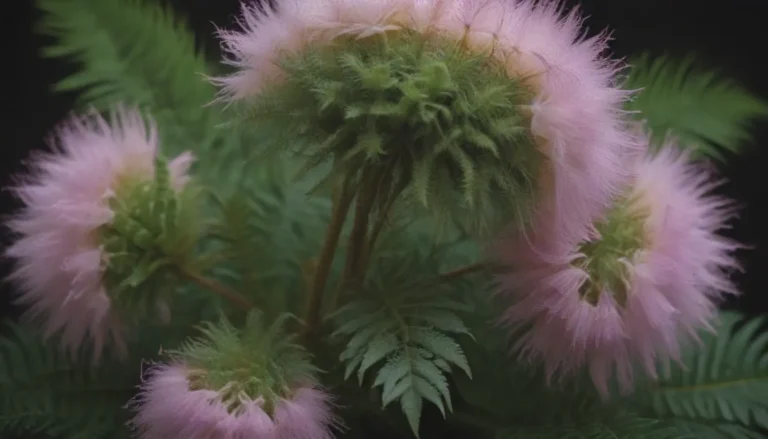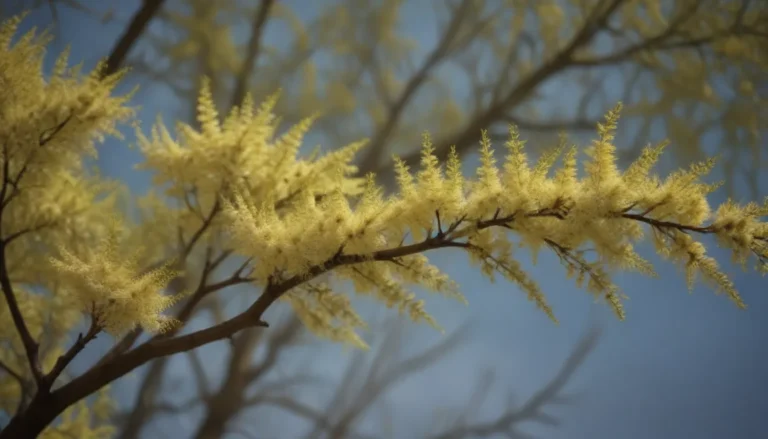Tips and Techniques for Composting Weeds in Your Garden

Composting is an excellent way to recycle organic material in your garden, turning waste into valuable soil amendment and mulch. Whether you have spent flower blossoms, fall leaves, dead plants, grass clippings, or non-meat kitchen scraps, all of these can be composted to benefit your garden. However, one common issue that many gardeners face when composting is dealing with weeds sprouting up in their gardens from the compost heap. In this article, we will discuss how to effectively compost weeds while ensuring that they do not take over your garden.
Understanding Composting Issues
Composting is a natural process that transforms organic material into nutrient-rich soil. When done correctly, composting creates a sterile organic material that is beneficial for your garden and plants. However, if the compost pile does not reach high enough temperatures, weed seeds and roots can survive the process. This can lead to an influx of weeds in your garden when you spread the compost.
While some volunteers plants like impatiens, tomatoes, or pumpkins may be welcome, dealing with an abundance of weeds like dandelions, bindweed, or crabgrass can be frustrating. The key is to adjust your composting process to ensure that the weed seeds and roots are completely eradicated.
Why Weeds Survive in Compost
In an ideal compost heap, the breakdown of plant material generates heat, which can reach temperatures that kill weed seeds and roots. If the compost pile reaches temperatures above 145 degrees Fahrenheit, most seeds and roots will be destroyed. However, if the temperature is not high enough or if certain areas of the pile do not heat up sufficiently, some seeds or roots can survive.
To determine if your compost pile is hot enough to kill weeds, you can use a compost thermometer or simply feel the temperature with your hand. If the pile feels uncomfortably warm, it is likely reaching the desired temperatures.
Hot Composting Techniques
Hot composting is considered the “right” way to compost, as it involves turning the pile regularly and allowing it to heat up to temperatures that kill weed seeds and roots. By maintaining a hot compost pile, you can compost weeds without worrying about them sprouting in your garden beds. Here are some tips for successful hot composting:
- Turn the pile frequently: Regular turning helps distribute heat evenly throughout the pile.
- Give it time: Allow the compost pile to heat up and break down completely before using it in your garden.
- Weed the garden before adding compost: Removing weeds from your garden before adding compost can help prevent new weed growth.
Cool Composting Methods
Cool composting is a more relaxed approach to composting that does not involve constant temperature monitoring and mixing. This passive method allows gardeners to continuously add fresh material to the top of the pile while removing compost from the bottom. While cool composting may take longer, it is a simpler method. Here are some tips for keeping a cool compost pile free of weeds:
- Don’t compost pernicious weeds: Avoid composting weeds that are difficult to eradicate.
- Don’t compost weeds that have gone to seed: Seeds can survive the composting process and germinate in your garden.
- Prebake the weeds: To ensure that weed seeds are destroyed, you can prebake them before adding them to the compost pile.
By following these tips and techniques for hot and cool composting, you can effectively compost weeds while maintaining a weed-free garden. Remember that composting is a valuable practice that helps recycle organic material and enrich your soil. Happy composting!
Reference: “Composting Yard Waste” Colorado State Extension.





